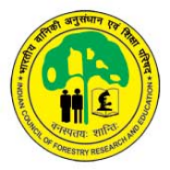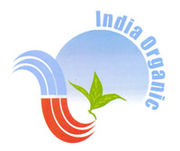NANDA MEDICINAL PLANTS TRADERS operates from the region of Himachal Pradesh, India, specifically in the district of Kullu and the village of Mansari. This privately owned company holds certifications from CITES, APEDA, and Organic, ensuring its credibility. Nanda Medical specializes in providing superior medicinal plants, particularly Himalayan medicinal herbs, which are highly sought after in both local and global markets.
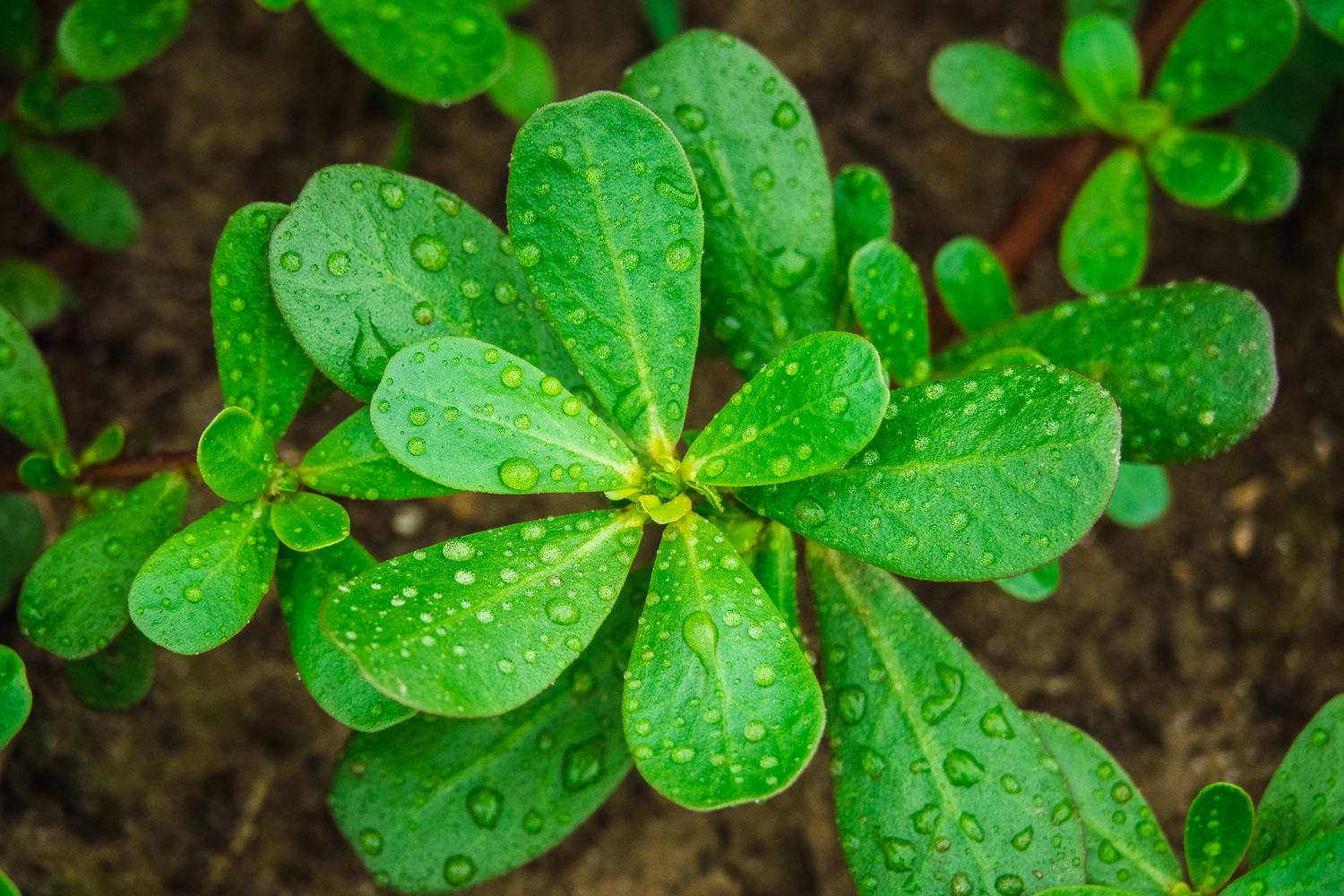
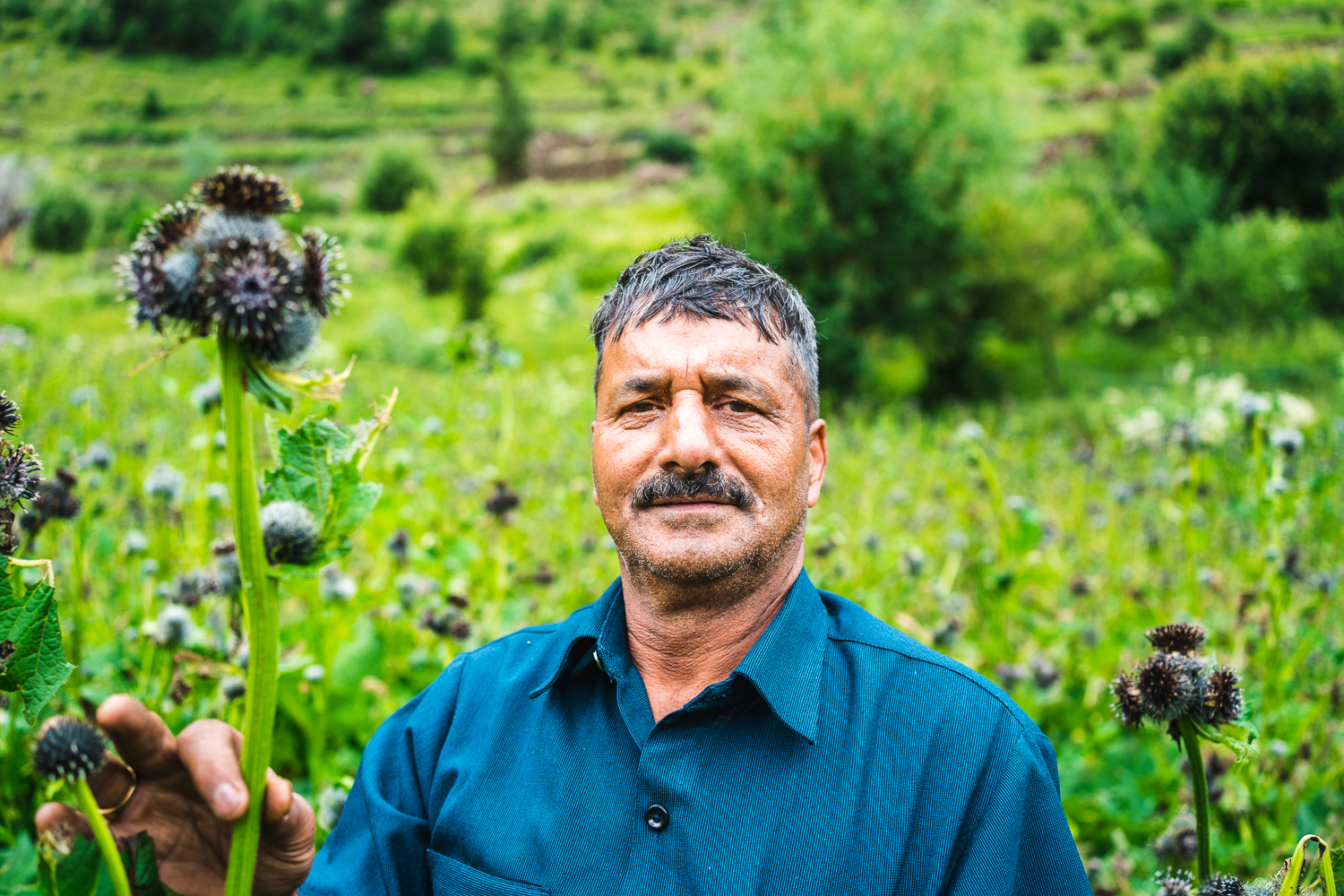


CURRENT HARVEST OF SAUSSUREA COSTUS



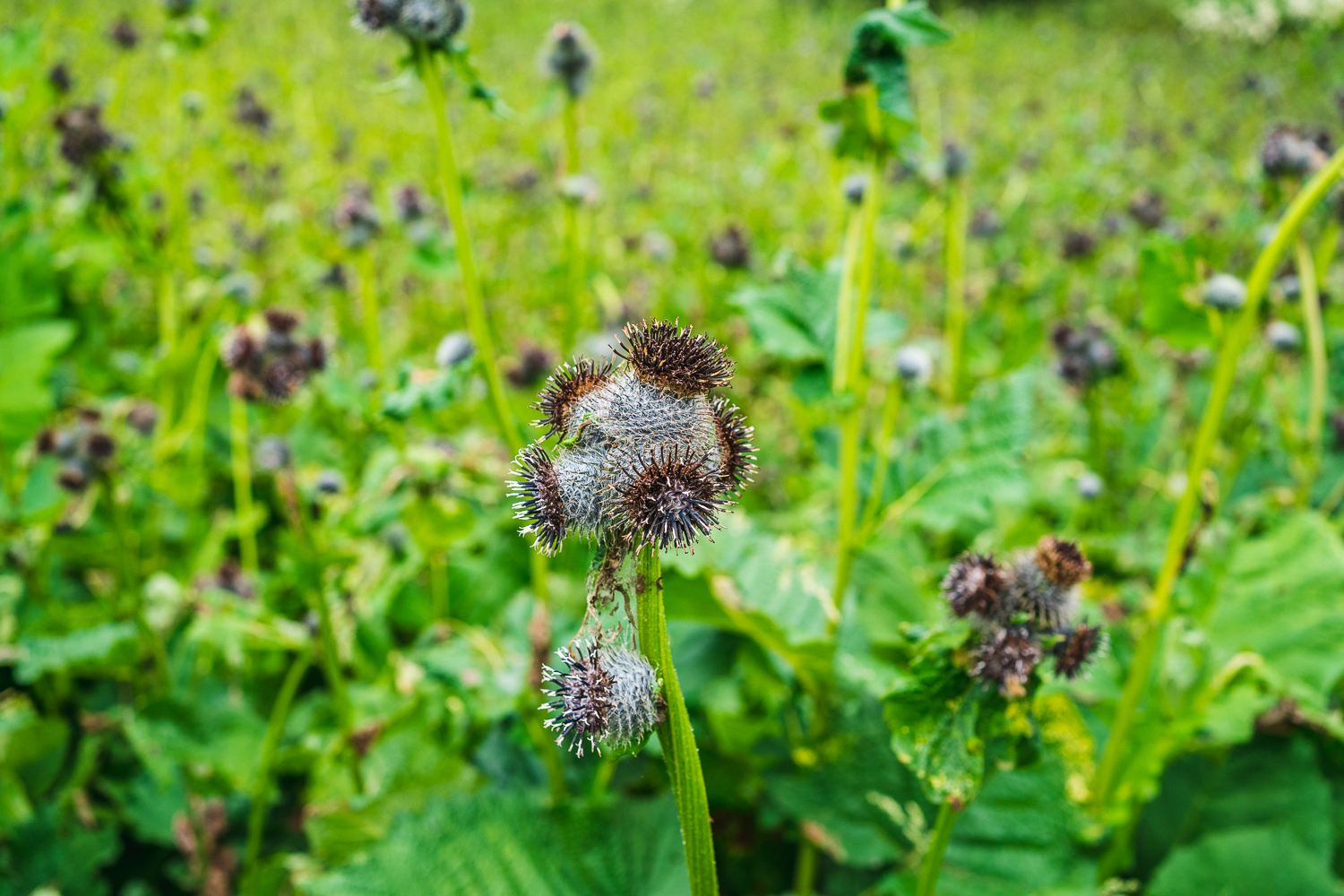
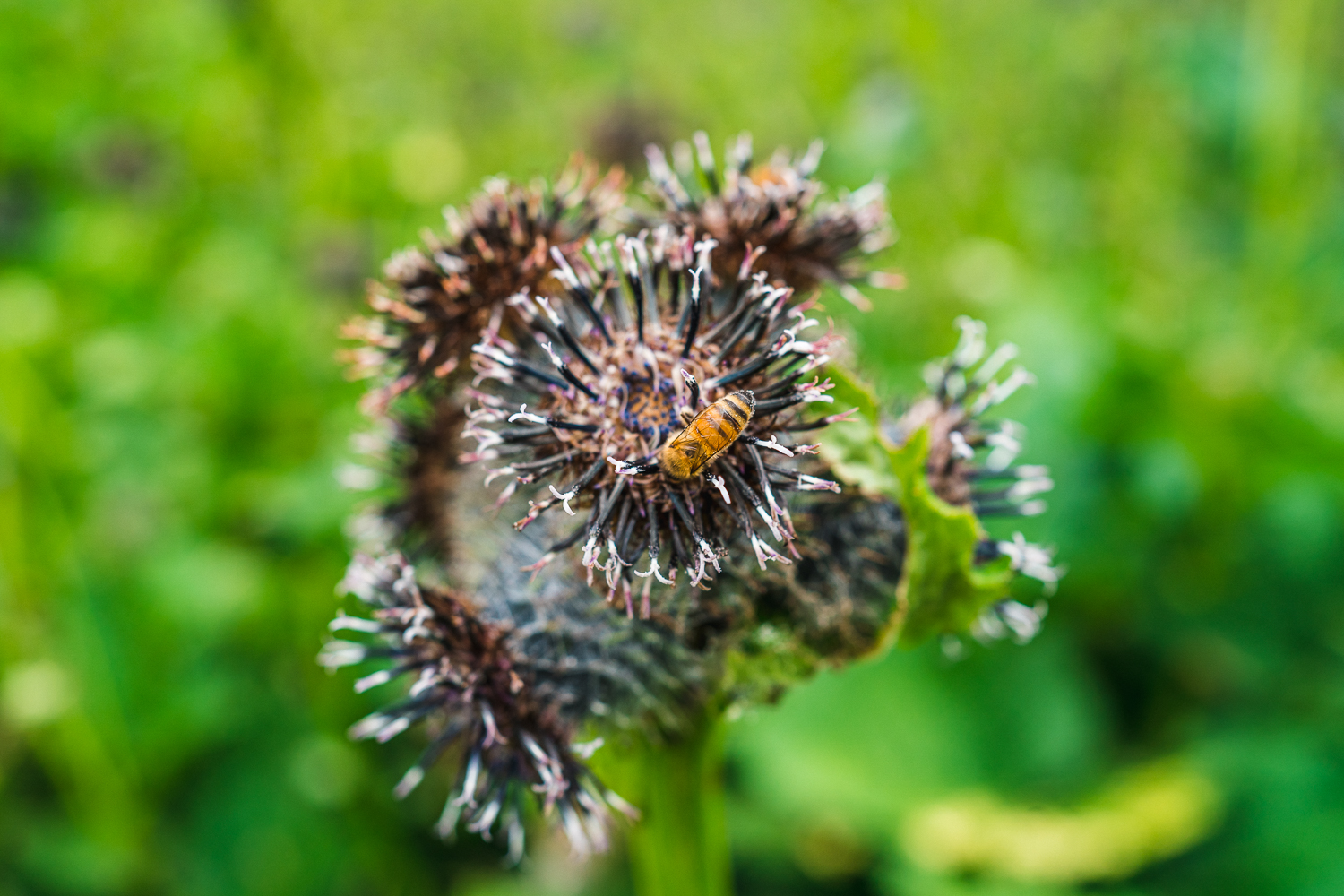

352
Approved projects
30
Returning customers
17
Award nomination
29
Years of experience
ORGANIC HERBS
Saussurea costus
Saussurea Costus, also known as Costus or Kuth, is an endangered species that is regulated by The Ministry of Environment and Forest. The Nanda Medicinal Plants company is registered with The Ministry for Cultivation of Threatened Species. This species, commonly referred to as costus, Indian costus, kuth, or putchuk, belongs to the thistle genus Dolomiaea and is native to South Asia and China. The Rishis, Hindu mystics of Kashmir, particularly consumed this plant. The essential oils derived from its root have been utilized in traditional medicine and perfumes since ancient times.

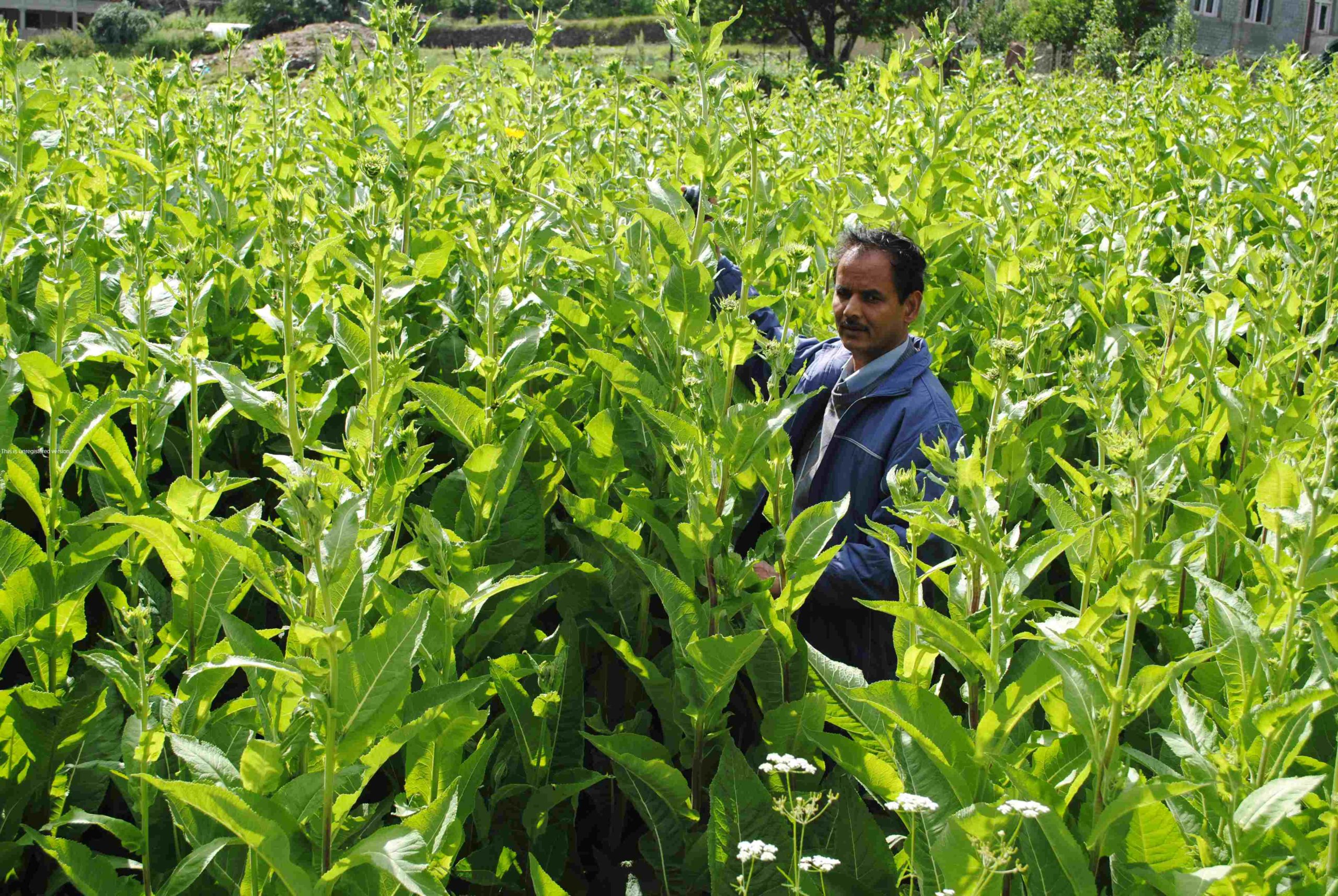
Inula racemosa
Inula racemosa, commonly known as Puskarmool, is a plant native to the temperate and alpine western Himalayas of Xinjiang, Afghanistan, Kashmir, Nepal, and Pakistan. The roots of this plant are utilized in indigenous medicine as an expectorant and in veterinary medicine as a tonic. Additionally, it has been cultivated as an ornamental plant and medicinal herb in various countries. Puskarmool is recognized for its aromatic tonic, febrifuge, and expectorant properties, along with its anti-inflammatory, carminative, diuretic, and antiseptic qualities. It is commonly used in treating chronic bronchitis and rheumatism, while the dried rhizomes and roots are employed to alleviate loss of appetite and stomach issues.
Picrorhiza Kurroa
Picrorhiza Kurroa, known as Kutaki, is commonly found in the wild forest but is now an endangered species. NMPT is currently cultivating this plant, which is highly valued in Ayurvedic medicine. Version 1: The root and rhizome of Picrorhiza are utilized by Ayurvedic practitioners for various health conditions. Unfortunately, due to overharvesting, this plant is now at risk of extinction.
Picrorhiza is used for yellowed skin (jaundice), sudden liver infections caused by a virus (acute viral hepatitis), fever, allergy, and asthma. It is also used to treat skin conditions including eczema and vitiligo, a disorder that causes white patches on the skin. Some people use picrorhiza for digestion problems including indigestion, constipation, and ongoing diarrhea. Other uses include treatment of infection, scorpion stings, epilepsy, malaria, and rheumatoid arthritis.

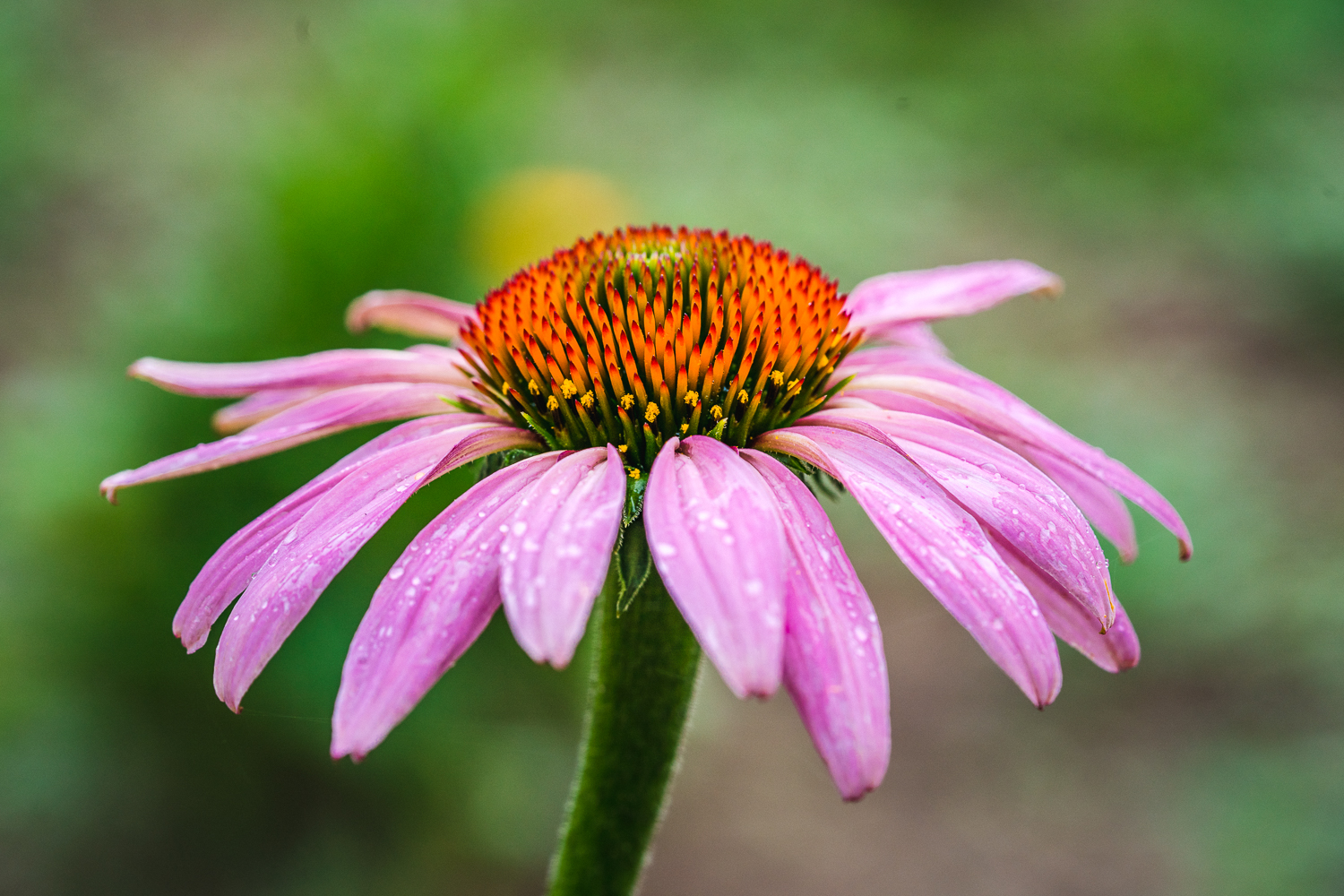
Echinacea purpurea
Echinacea purpurea, also known as purple coneflower, is a perennial herbaceous flowering plant belonging to the Asteraceae family. Originally from North America, specifically the United States, the Echinacea genus has species that are widely distributed. Among the nine different species of Echinacea, only three are utilized as medicinal plants due to their broad therapeutic applications: Echinacea purpurea, Echinacea pallida, and Echinacea angustifolia. Various bioactive compounds with pharmacological activities have been identified in Echinacea species, showcasing numerous beneficial effects. While the immunomodulatory effect was the first to be recognized, other effects have since come to light. This review provides a comprehensive overview of the chemical constituents, bioactive compounds, biological effects, and therapeutic uses of purple coneflower. Research indicates that further study of this well-known and esteemed species is necessary to develop effective products with guaranteed safety.
Achillea millefolium
Achillea millefolium, also referred to as yarrow or common yarrow, is a flowering plant that belongs to the Asteraceae family. It typically reaches a height of 1 meter and is characterized by its small whitish flowers, tall stem with fernlike leaves, and a strong odor. This plant is naturally found in temperate regions of Asia, Europe, and North America in the Northern Hemisphere. It has also been introduced in New Zealand and Australia as a feed for livestock. While some animals utilize this plant, it is important to note that it may possess mildly toxic properties. However, throughout history, it has been widely used for medicinal purposes.
Common name is Biranjasufand local name is Merri. NMPT cultivates this spices.


Podophyllum hexandrum
Podophyllum Hexandrum, the English name is May apple and local name is Ban Kakri.
Podophyllum hexandrum, belonging to the Berberidaceae family, is a valuable medicinal plant with a high market demand both domestically and internationally. This plant is renowned for its chemical compound, podophyllotoxin, which is utilized in the treatment of certain cancer types. However, due to the escalating requirements of the pharmaceutical industries, Podophyllum hexandrum has been excessively harvested from its natural habitat, posing a significant threat to its survival as its regeneration rate is lower than the rate of harvesting.
NMPT is cultivating this species in our private land.
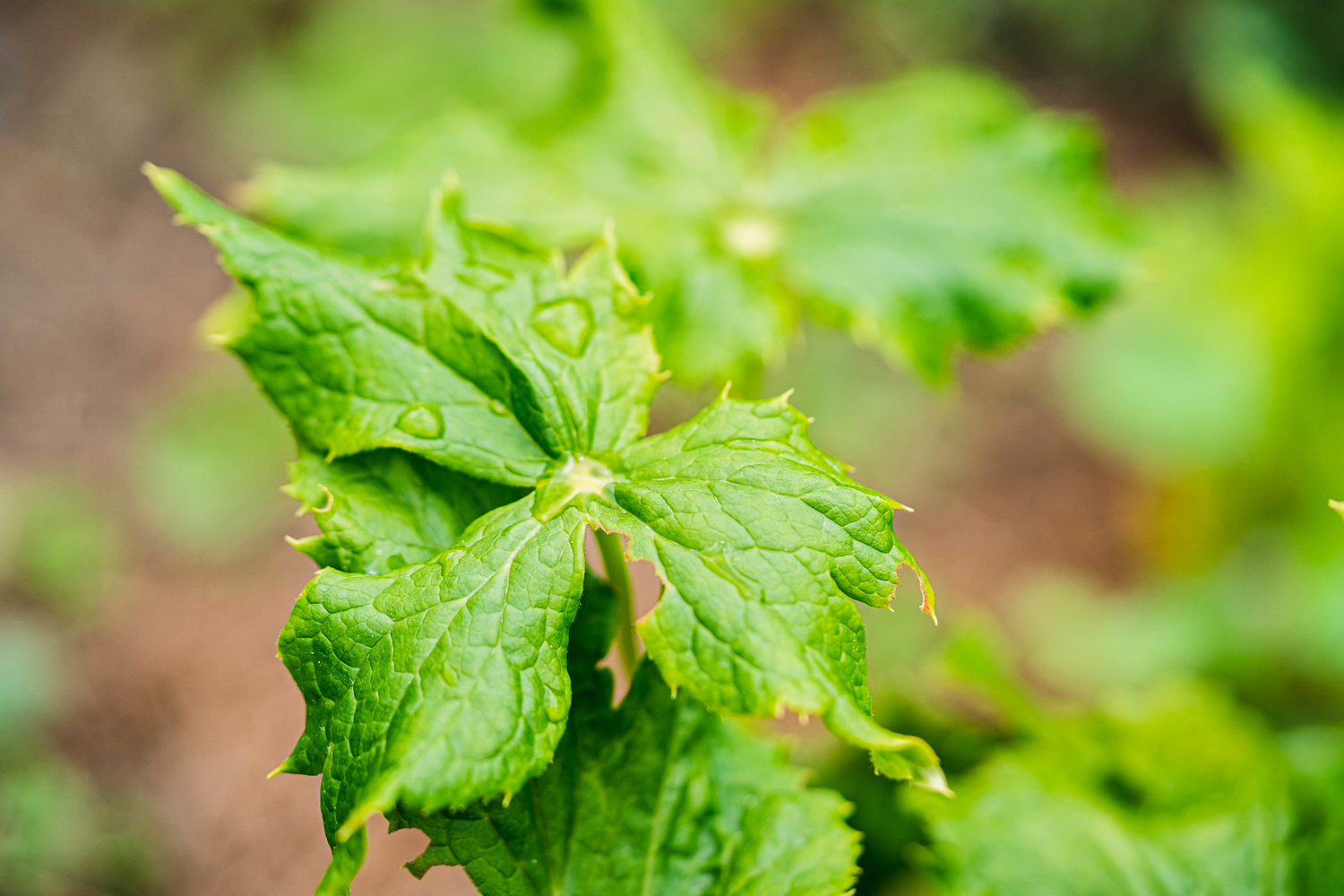
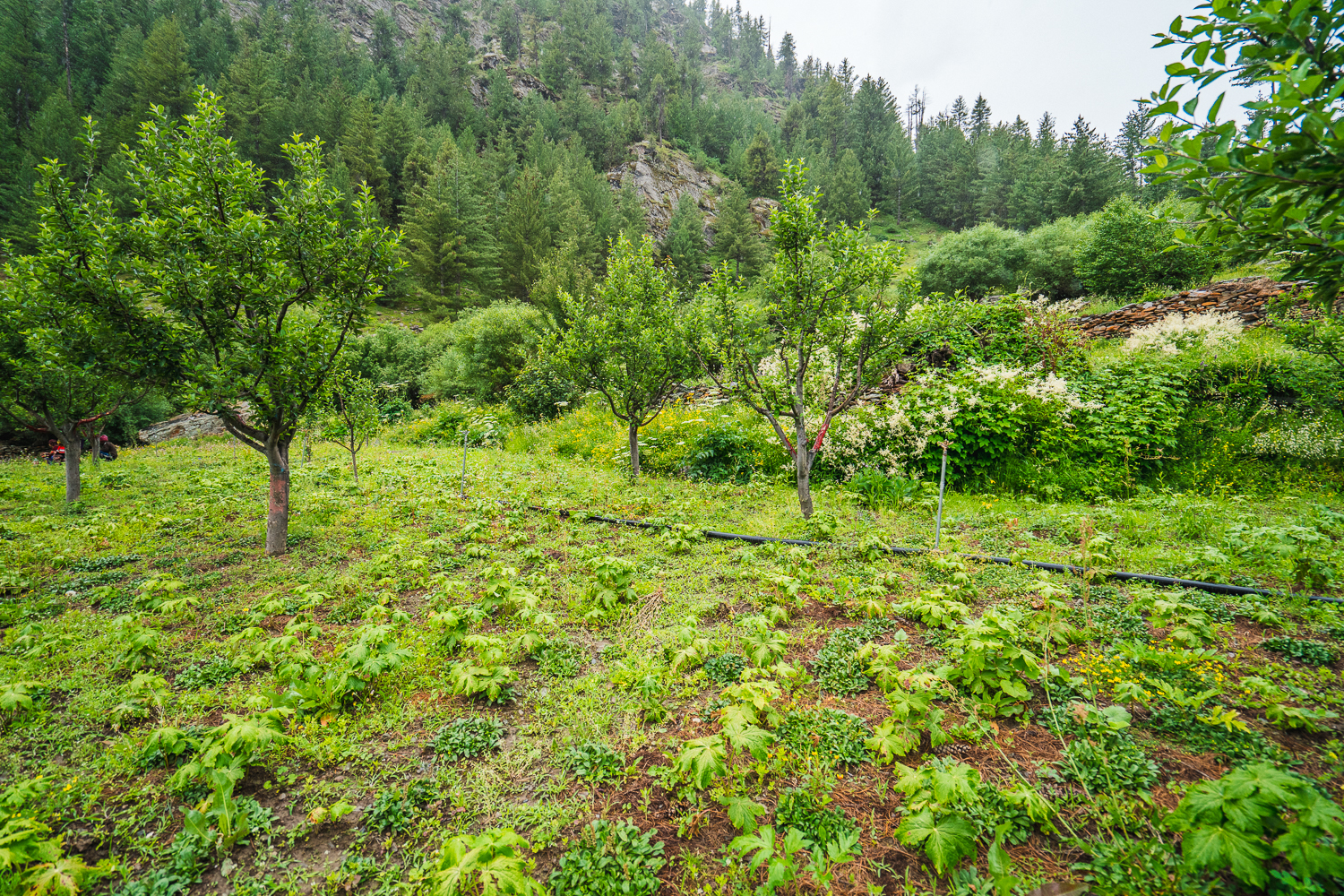
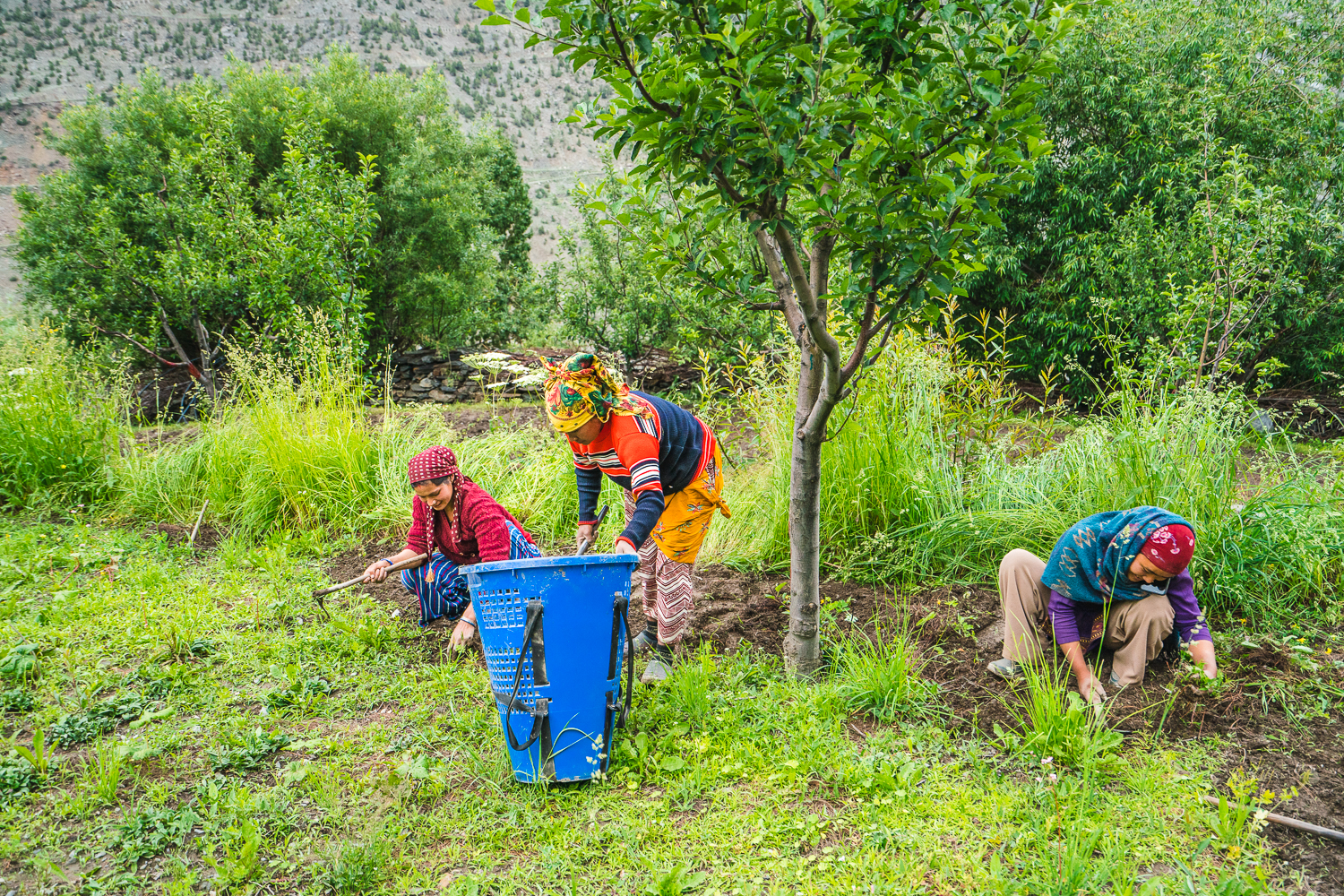
CERTIFICATION
